I'm fighting with PFET inrush current limiting circuit discussed here: P-Channel MOSFET Inrush Current Limiting
In my circuit is input voltage 24V DC and C_Load is 6mF. I'm switching on transistor slowly 150 ms => and that limit current quite well (less than 2.5A). But sometimes is transistor fully open during power supply connection => 6mF cap is loaded very quickly and inrush is also very big and that damage transistor. Can somebody help me solve this issue? I'm using the circuit in the picture below.
I did a lot of simulations in LT spice and there is a circuit working well. Transistor never burned in the simulator :)
See results from simulator: From top to bottom:
- Grey = power loss on the transistor
- Purple = voltage cross transistor VDS (drain to source)
- Magenta = voltage between gate and source
- Red = input voltage
- Blue = Voltage gate to the ground
- Green = current through the drain of transistor
Here are the measurement results:
